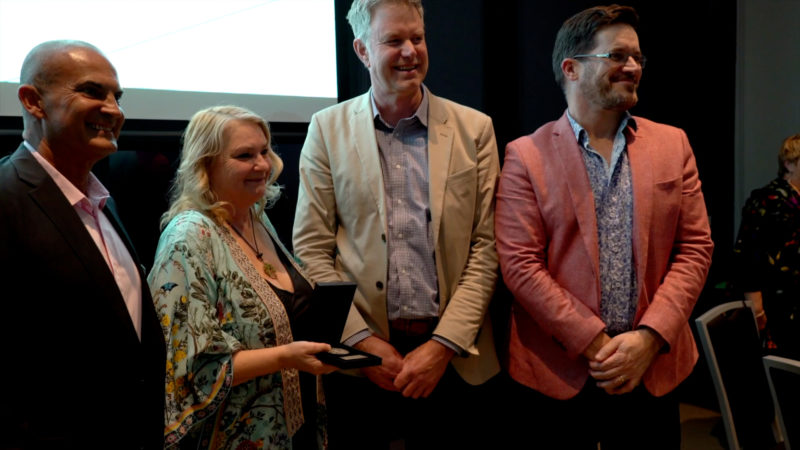Collaboration between industry, research, universities, government, and organisations is crucial for vaccine development and addressing public health needs, with a focus on overcoming barriers, accelerating access to technologies, and enhancing public-private partnerships. This is emphasised by the program committee chair Jenny Herz and a program committee member Professor Jodie McVernon of the Inaugural Vaccine Value Chain Conference, who invited Australian Health Journal to attend.
For the first time, key decision-makers and thought leaders from government, industry, academia, NGOs, and representatives from the immunisation community converged in a 2 day conference in Sydney hosted by Biointelect, highlighting the transformative potential of collaborative innovation.
In talking to Australian Health Journal, Ms Herz spoke about the end to end value chain of vaccine development involving discovery, research, product development, clinical trials, regulatory and reimbursement processes, and community implementation, with a focus on understanding the community’s perspectives and needs. Collaboration between industry and academic research is crucial for overcoming challenges in vaccine development and commercialisation.
She reflects how the pandemic spurred innovation in vaccine development and clinical trials, revealing the need to address gaps and explore new pathways for accelerating access to technologies and medicine, with more venture capital available for funding oncology products than infectious diseases.
According to the Inaugural Program Committee, there are many aspects involved in the value chain of vaccines from discovery through to implementation. However, the understanding of all the challenges, barriers, and levers to streamline the value chain across all key stakeholders is fragmented and sometimes siloed in Australia’s federated system.
During the COVID-19 pandemic novel vaccines were developed globally in record time. Australia’s public health ecosystem pulled together, but the gaps became clear. Since then, there have been many lessons learnt and significant investment by jurisdictional and Federal Governments, the private sector and philanthropy into different parts of the ecosystem.
While Australia has strengths in many areas, such as discovery research, the knowledge and experience to translate discoveries effectively, to truly impact the health of the community, requires data availability, resources and know-how all along the value chain. Access to funding and skilled workforce remains fragmented across our ecosystem, and this affects Australia’s ability to capitalise on research strengths in infectious diseases and immunology.
Professor McVernon and Ms Herz talk about collaboration between public and private sectors being essential to address unmet needs, and funding for innovation to come from NGOs, philanthropy, or public money if it is not attractive to the private sector.
The consensus of opinions coming from the conference speakers and delegates was that Australia needs to take a national approach and present itself as a strong player in the international community to find its relevant place in the value chain.
You Might also like
-
Brain and Mind General Practice Health System Health System Research New Content Paediatric Preventive Health
Study reveals socioeconomic barriers to children’s healthcare access
Research published in the Australian Journal of General Practice (AJGP) has revealed mental health and developmental–behavioural issues such as ADHD are the most common paediatric referrals in metropolitan general practices.
But the research also revealed children at higher risk are less likely to get the care they may need.
-
AHHA Sidney Sax Medal 2019 Awarded to Vicki Wade
AHHA Sidney Sax Medal 2019 awarded to Vicki Wade
-
A 40-Year Journey: Insights from Tasmania’s Chief Nurse & Midwife
Reflecting on her nursing journey on the Tasmanian Health website on International Nurses Day 2025, Chief Nurse and Midwife, Francine Douce, has seen plenty of change since the start of her nursing and midwifery career, 42 years ago.



